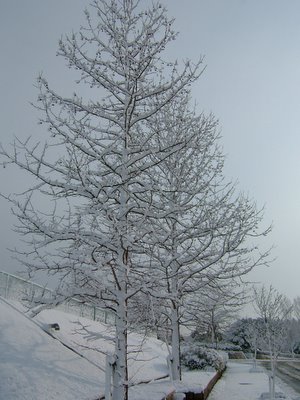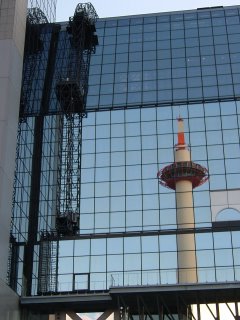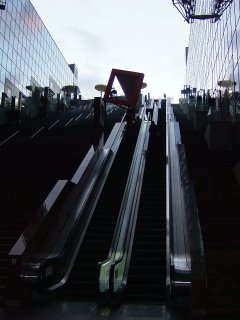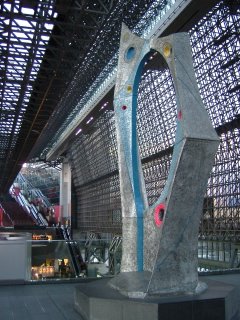Old Man Sato and the lug nut wrench mugging: a tale of neighbourly love
No?
Not recommended.
Old Man Sato was the assailant. I am sure he is a nice man, but he is best avoided whenever possible.
Old Man Sato is a neighbour who says little. He never utters more than five or six words, and he has a preference for two or three. Usually he foregoes words entirely, conveying his meaning with grunts and bullish gestures. He has a magnificent head of hair and he appears to be the same solid width the entire length of his body. His ankles are the size of his calves; his calves the size of his thighs; his thighs merge seamlessly into his waist; and his waist flows smoothly to his head, via chest, shoulders and neck, with hardly a smidgeon of contour change. It's as if he's been fashioned from hardwood (possibly two short planks of it), by an inexpert carpenter, with a few cuts and chisel marks here and there in a vain attempt to create some semblance of human proportions.
I rarely see Old Man Sato. Some evenings he can be seen out for an evening stride, moving at military pace with a staff in one hand, a torch in the other. The only other time he appears is when someone is in distress. He's a good Samaritan. When the front wheel of our car went into the open ditch that runs the length of our road (carrying the community’s used bath, sink and washing-machine water), he appeared out of thin air to help. The car had already been jacked up eighty percent of the way, but he insisted on taking over and completing the job. He gripped the heavy lug nut wrench tightly, and, with a few violent jerks the car was raised surprisingly quickly. But, in his moment of triumph, the lug nut wrench slipped, shooting upwards in an arc, going with the flow of his alarming momentum and, with all the precision of a seasoned mugger, clouted me square in the forehead. Old Man Sato didn't bat an eyelid. I checked mine to see if they were still attached.
Thus, I became rather wary of Old Man Sato.
And so it was with a heavy heart (and a few muffled expletives) that I accepted his help the following winter. A heavy snowfall had buckled the metal legs of our carport. I was clearing away the snow from the roof and trying to assess the damage. Old Man Sato arrived and helped to clear the snow with massive, violent thrusting movements of a shovel across the top of the roof. He succeeded not only in clearing vast quantities of snow, but also in ripping the plastic roof completely away from its moorings on the metal frame, rendering it useless. At the end of the snow clearing he grunted, satisfied with his work, and I, glancing towards the flapping plastic and twisted metal, thanked him for his help through gritted teeth.
A few days later I was out in front of the house when a familiar, thick-set figure came striding purposefully up the road towards me. It was Old Man Sato. He was holding a plastic bag from which he pulled a myoga, Japanese ginger. He emitted a guttural chuckle and a grunt, and thrust it into my hand. He chuckled and grunted some more. His hand returned to the bag, his stubby Cuban-cigar fingers clamped round another myoga, and with further primeval 'uggghhs' he handed it over. In all, he gave me four myoga, and he took as much pleasure in giving the fourth as he had with the first. I thanked him, anxiously.
I took the myoga inside and handed them to my wife.
"Oh, lovely," she said. "Who are they from?"
"Old Man Sato," I replied hesitantly.
She peered at me carefully, inspecting me for any remaining signs of sanity. Then she took the myoga, and put them carefully to one side, out of harm's way.
There they remained for a couple of weeks, sitting ominously like unexploded grenades.
We never got round to eating them. And one day they were no longer there.

















